SEO is a chaotic space that demands digital marketing experts to push the boundaries every single day. SEOs across the globe always keep their fingers crossed as they are constantly haunted by the fear of an impending Google update or another type of penalty. When their worst fear comes true, they go into a frenzy, trying to find fixes, doing damage control, trying to restore the site to its previous glory.
If you’re someone who has gone through such tense situations, this post can help you foresee what Google is planning for its future algorithm updates and prepare in advance. However, Google isn’t always right. Check out how Kinsta was accidentally given a manual penalty.
This post will give you a head start in understanding the most critical SEO factors that will define the SEO landscape. This should hopefully be an eye-opener for SEO professionals who want to go beyond tricks and hacks to create SEO and digital marketing strategies that would have a long-lasting effect.
Methodology
We have analyzed more than 20 major patents that Google has been working on, or have implemented within the past couple of years. Depending on the type of technology, some of these can take years to actually show up in Google search.
Overall, we will point out 11 major areas that SEO and digital marketers should pay close attention to.
- Sharper Content Relevance and Intent
- Go Multilingual
- Apple = Apps, but Google = Google + Apps
- Prominence on Location-Based Search
- Empower Online Communities and Increase User Reviews For Local Search
- Speech Recognition – The Search Mode of the Future
- Image Optimization and Disambiguation
- A Retake on Ranking Parameters
- Tracking Events in Videos and Ad-Placement
- Tailor-Made Search Results and Faster Access
- Avoid Using Copyrighted or Third-Party Multimedia Content
1. Sharper Content Relevance and Intent
If you have been dealing with SEO for some time, you may already be aware of the classic page ranking algorithm that the founders of Google wrote.
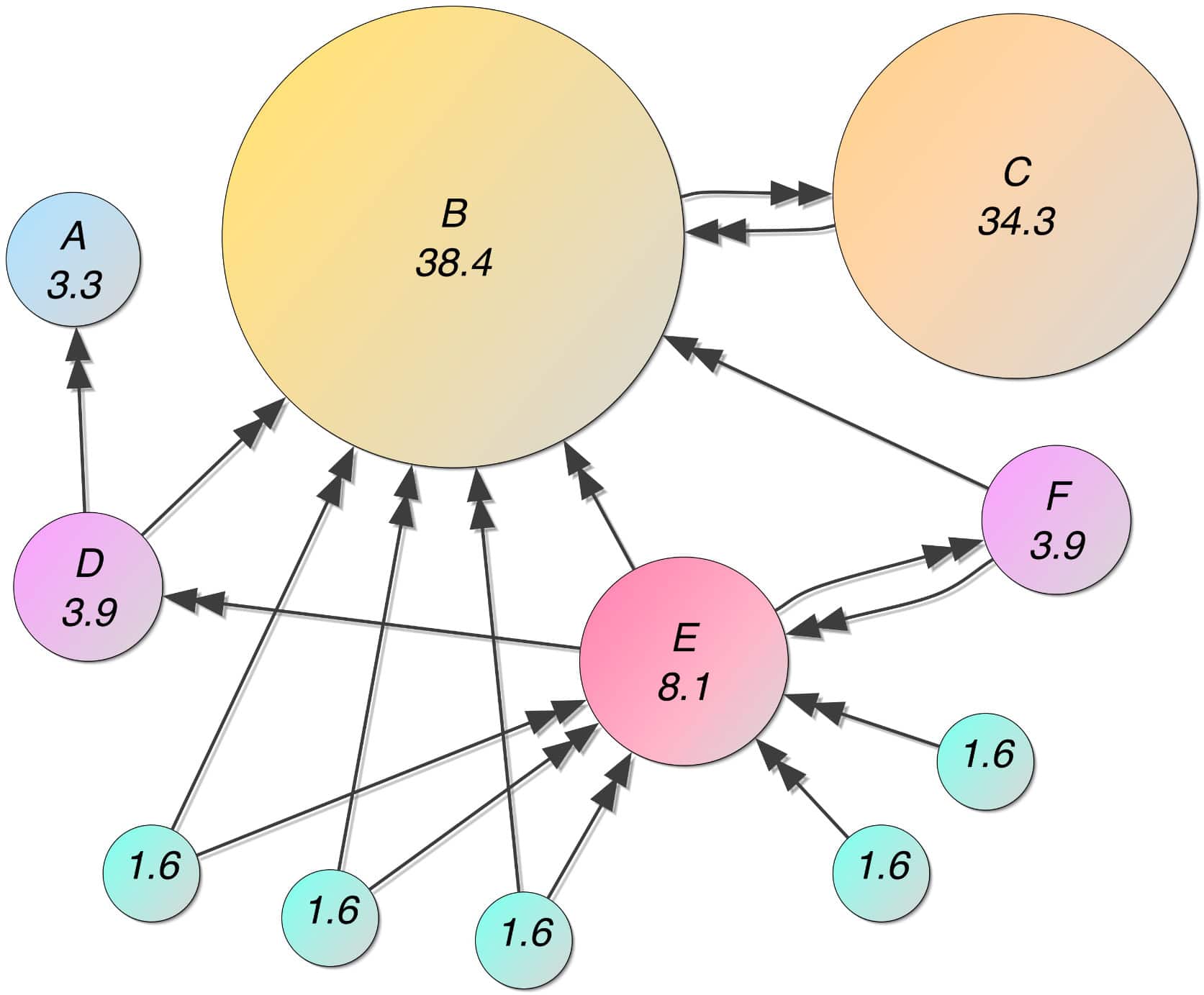
PageRank Algorithm
Most of us are aware by now that only a fraction of the PageRank algorithm remains active to rank web pages today. PR algorithm has been misused by the SEO community, and Google realized that it needs to continually evolve to provide relevant rankings and content to its users. However, Google may still be using the PageRank algorithm internally.
While that was a pioneering effort, the search engine space has evolved since then with a prime focus on providing accurate search results. Moreover, a large share of the credit goes to Google’s continuous R&D in developing patented internet technologies that have paved the way for a great search experience and driving revenue for millions of companies like yours.
After finding rampant misuse of the PageRank algorithm, Google understood the need to assess content relevance as the primary ranking factor. Since then, Google has been investing a significant amount of time to create technologies that could draw a relevant correlation between pages concerning context.
As far as our experience goes, we have seen websites that create content with closely knitted topics and leading the SERPs for major keywords. This is where the emphasis on content clustering comes into play.
Google’s patent on content clustering sends a similar signal. The algorithm primarily considers a topic and then creates a distance matrix of subtopics from the main topic. The closer the subtopics are to the main topic, the better its chances to appear in search results.
In fact, the emphasis on clustering seems to be quite mainstream. It’s so profound that the HubSpot’s marketing software shows a correlation percentage of a subtopic concerning the main topic.
As you might know, HubSpot encourages its users to create content on three different levels. As you create a topic on the next level, it gives a correlation factor and allows you to see how closely the topics would be connected.
A lot of people who implemented HubSpot’s technique have admitted that their traffic and inquiries have gone up after following the method of content creation which is nothing but a form of content clustering.
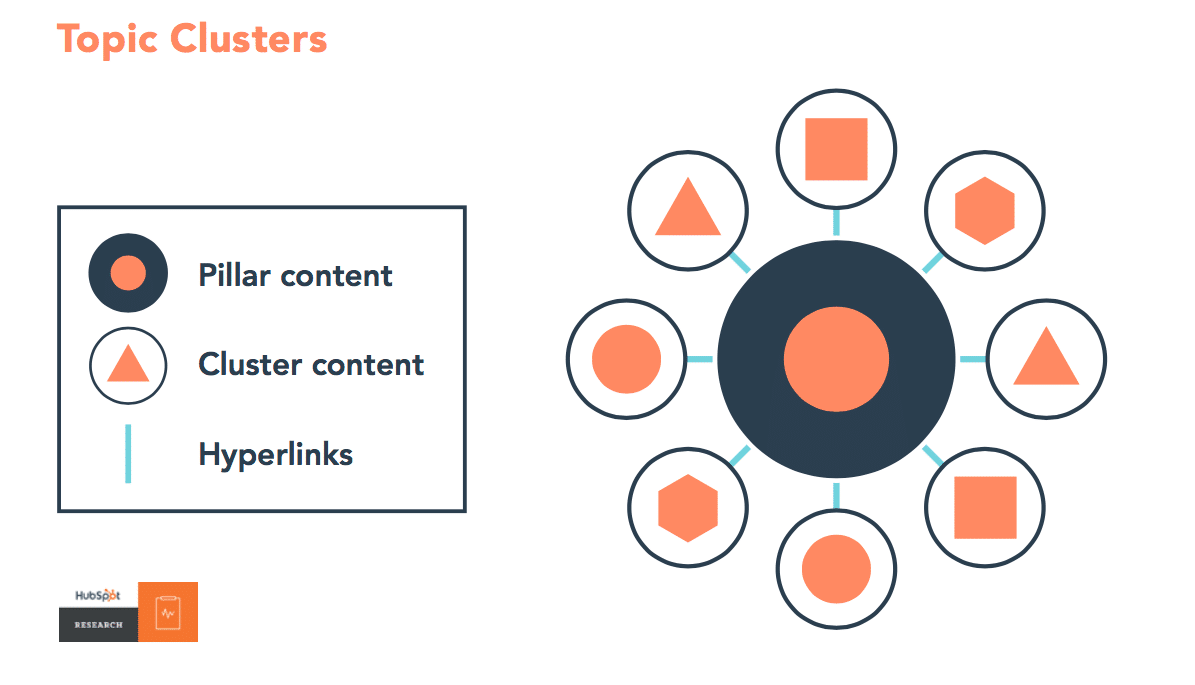
The idea of a content cluster in HubSpot methodology. HubSpot’s marketing software gives a correlation value to all subtopics created under a main topic or pillar content.
With this patent, Google is looking for content creators to build content as clusters with high correlation which they can further analyze with engagement metrics to award relevant rankings.
There is another Google patent titled as questions answering to populate knowledge base which seem to augment or support this entire exercise of content clusters. Google is also empowering contextual relevance by amalgamating it with personalization. One of the examples is the patent for a dynamic summary generator, which emphasizes creating different summaries of data with respect to the user that is fetched from accounts, cookies or devices.
In addition to that, emphasis on contextual relevance is also reflected by one Google’s patents that is built around promoting advertisements with reference to context. The patent explicitly talks about promotion within web pages, suggesting a closer connection and contextual relevance of the content.
What Should SEOs Do?
Focus on keyword and content mapping and create relevant content. This is going to work both ways, i.e., in SERPs and helping publishers earn more from ads.
2. Go Multilingual
Multilingual search results are gaining a lot of priority. As the app-based environment gained momentum, we have seen both Google and Apple lay more emphasis on multilingual apps and search.
While Apple is limited to apps, Google’s business model, which is built around search, derives a lot from multilingual sites. As of now, more than 50% of the world’s population does not have internet. With respect to demographics, these people are most likely to be familiar with their native language instead of English.
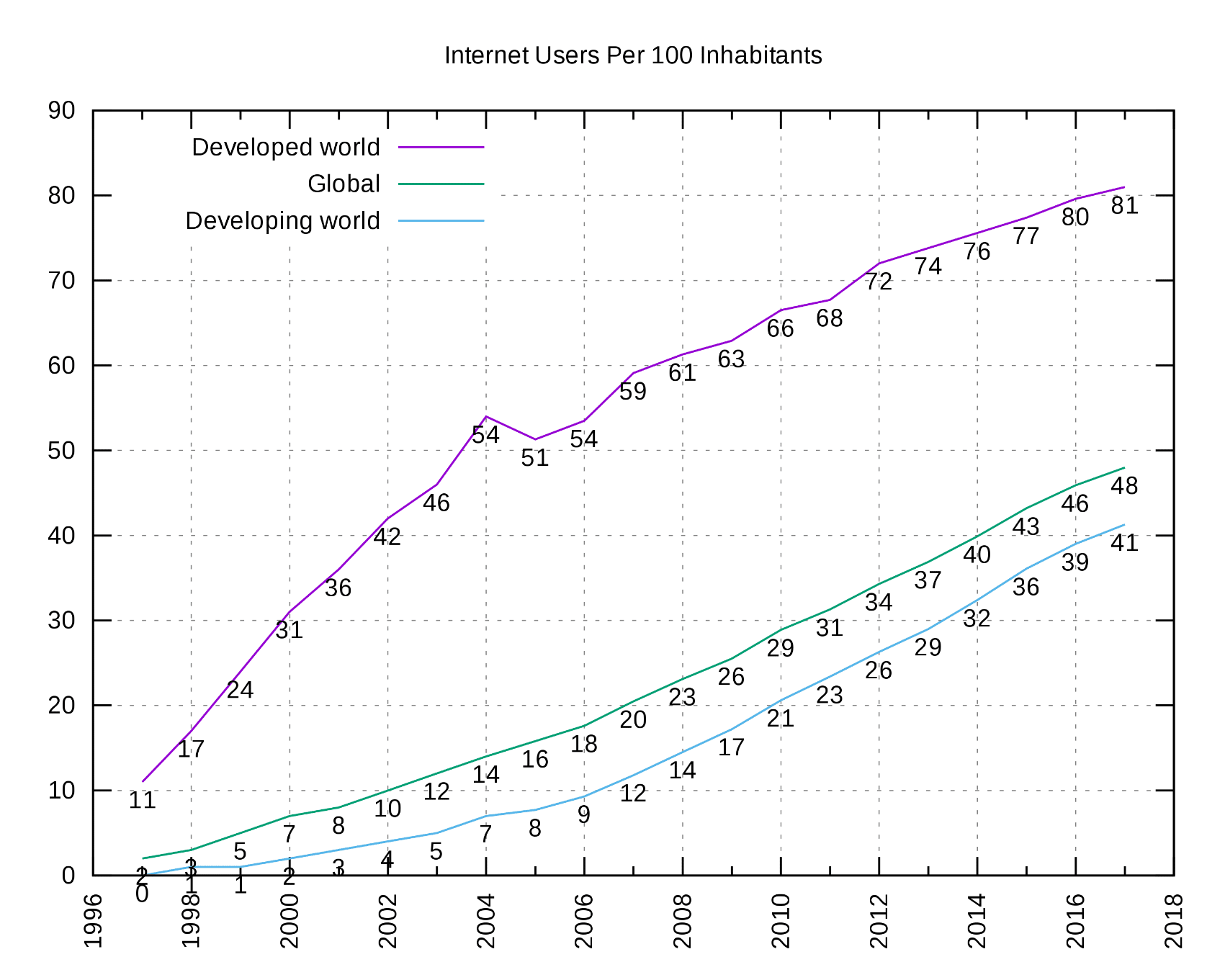
Setting sights on that, Google has come out with a number of patents that would give more weight to multilingual sites.
Crowdsource Human Translation
Google has been awarded a patent on a web technology that enables the developer of an arbitrary website to create an “opt-in” option for human translation.
While we have been receiving machine-based translation on our browsers, the apparent lack of quality of the translations is well-known. This is why Google is now investing in technologies that would bring in human translation for a more significant and reliable experience.
Nevertheless, you can bet big on accurate translation, multilingual sites, and content. Check out how Kinsta launched their site in 10 different languages.
3. Apple = Apps, but Google = Google + Apps
Ever since the app-driven environment made itself mainstream with the iPhone, the search landscape has also changed dramatically. Mobile usage increased and that, in turn, increased the demand for mobile apps as well as mobile websites.
During earlier years we have seen confusion between choosing a mobile website or making a mobile app. A lot of people built apps instead of a mobile website and waited for downloads in the app store which never happened.
Suddenly, the app store with millions of apps discovered a giant elephant in the room: app discovery.
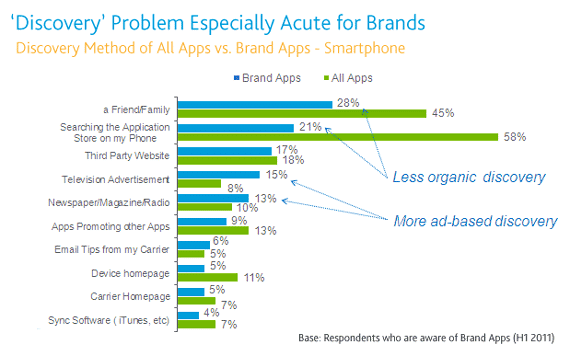
App discovery has been a lingering issue for both Apple and Google for a long time, and Google has finally taken the lead to solve that out and provide contextual discovery through Google search as well as app store search.
One of the patents awarded to Google emphasize on ranking app store applications based on the social mention of those applications. The patent states that a number of signals will be analyzed from social media websites and then a composite score is churned out to rank the apps.
What Should SEOs Do?
Since the patent lays with Google, you may expect the results to be more pronounced on the play store than on the Apple App store.
Hence, for SEOs, it becomes important to focus on social media and influencer activities, if the app(s) augment, is already center stage within your business model.
4. Prominence on Location-Based Search
We have seen how Google is focusing on providing contextual search results by content clustering, this following patent on disambiguating input, based on context, takes the idea to a whole new level.
According to this patent, ambiguous user queries can be disambiguated with respect to the real-time location of the user’s device, the speed at which the user is moving (traveling in a car, etc.), type of device (mobile or desktop), and other factors.
What Are Ambiguous Queries?
Ambiguous queries are nothing but queries that do not generally have a clear search intent. One of the reasons that a lot of marketers go after long tail search queries is because they have a clear search and buying intent and as a result, a high CPC as well.
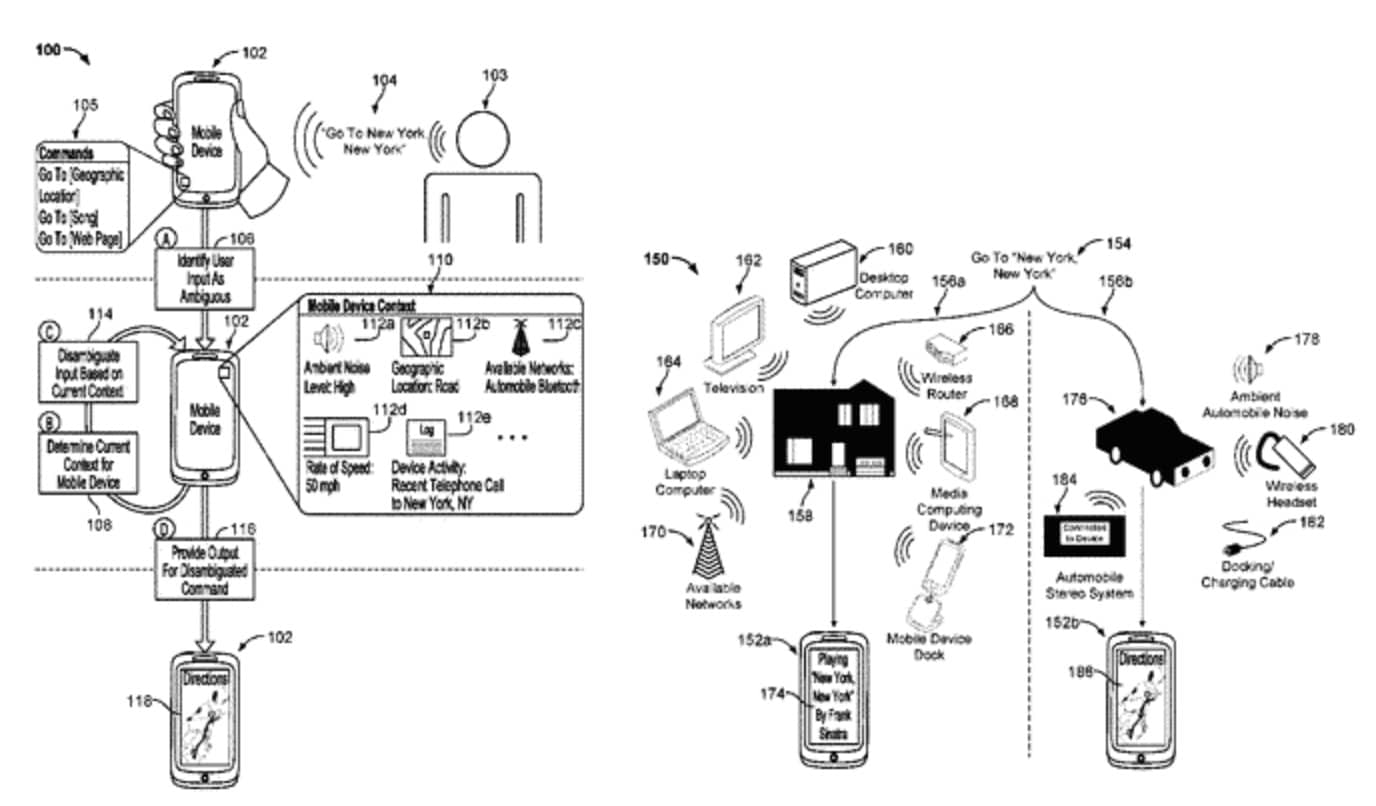
However, Google gets a lot of search queries that can be broad with respect to the context and ambiguous as far as the intent is concerned. The primary reason for these queries is unqualified users who might be unaware of the context of the search themselves.
So now, Google will not only help them to learn about the context but also provide them contextual results even when the queries are not that streamlined.
What Should SEOs Do?
This undoubtedly falls within the domain of a local search optimization. Hence, SEO managers must take this into account and keep their run through their local SEO checklist along with a list of broad terms that borderlines, or has a correlation to their target keywords.
Hence, if you’re a restaurant selling sushi on a busy street, you better get your name on the Google maps; use “sushi” in your restaurant name or subtext and attract some reviews on Google or other review sites. This brings us to the next topic, user reviews.
5. Empower Online Communities and Increase Genuine User Reviews to Dominate Local Search
In addition to disambiguating queries, Google has come up with another patent meant to determine entity attributes derived from the user reviews.
Here, the entity can mean any website where a product can be listed and sold that naturally attracts the user reviews. Google is likely to pay a lot of importance on Google reviews that entities list for local SEO benefits.
The patent states that Google is likely to be focused on deriving results from a set of metadata that includes the union of an algorithm, hardware, and a chunk of computer readable media to analyze user reviews and then correlate it with the product or website listed by the entity.
This indirectly means that Google is focused on determining the genuine user reviews that give a reliable and truthful insight into any business. This can also be applicable for websites that allows Google to collect its data from their servers.
Dumping negative reviews is a common practice. Apart from Google, a lot of other companies are fighting the same menace that depends on reviews to qualify the users and generate sales. Amazon has been cracking them down for some time now.
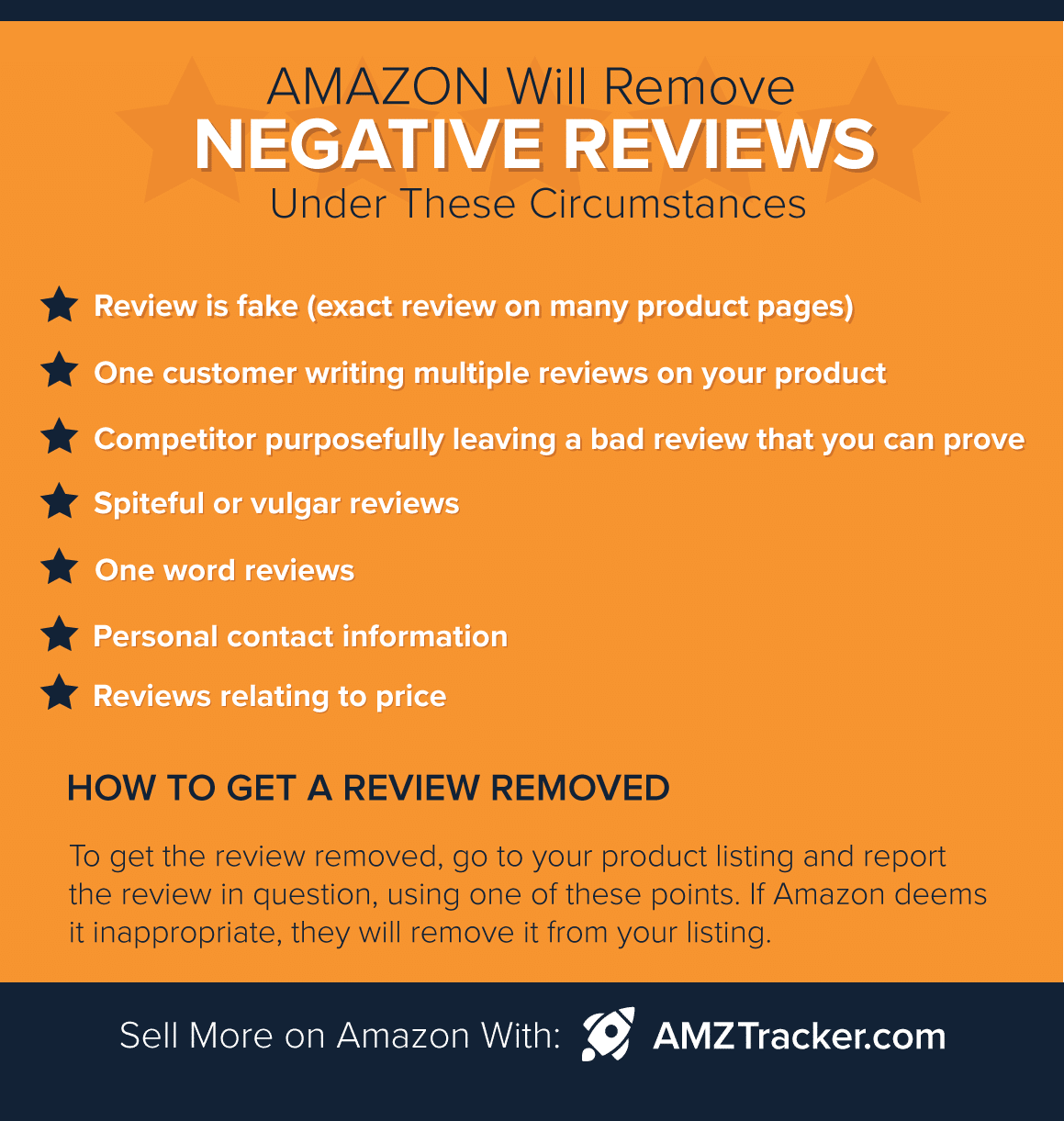
Another patent titled as reputation and engagement system for online community management works on the same line on validating and attracting better user-generated data – yet another effort to streamline the knowledge graph.
The patent aims to identify the genuine users and gives them a weight according to their contribution in an online forum. The value is calculated on a number of factors across a number of topics. When searching for a relevant query, these answers, pages or links will be given priority.
Another way to accomplish this comes in the form of augmented search queries. In one of the patents named as providing search results using augmented search queries, it’s stated that the search results are directly correlated to one of the entities (real people). Since Google plus is out of the way, we can expect Google to rely a lot on LinkedIn to do this.
What Should SEOs Do?
If you’re dealing with mobile apps, become a thought leader in the forums. If you’re dealing with ecommerce, try to become a pro on the Amazon Seller forum and likewise. Integrate your tech team in marketing for better results.
In regard to reviews, understand that it’s going to become an important factor for local SEO in the coming years. Hence, if you’re thinking about black hat SEO with reviews, it’s better to reconsider your decision.
6. Speech Recognition – The Search Mode of the Future
We all know that Google has been developing a lot of technologies in the field of speech recognition. Moreover, why not, when 320 million users are searching using voice search, it makes a lot of sense to invest in this arena.
The numbers are not limited to Google alone. For the record, it must be noted that more than 4 million Amazon Echo devices are being sold every festive season. That’s a considerable number. In fact, according to Oberlo, 71% of consumers prefer to conduct queries by voice instead of typing.
Looking at the patent, we can see that Google wants to recognize keywords within long lines of speech. What does it suggest?
Machine learning programs are now handling a lot of things within the Google algorithm. With the amount of metadata that Google is collecting, the entire process of searching and consuming the content is going to be extremely intuitive. This is exactly what Google is trying to achieve with speech.

On the webpage for Siri, you can clearly understand that these companies (including Google) want the human-machine interaction to be extremely intuitive to make voice search mainstream.
With all these voice assistants, the companies, be it Amazon, Apple or Google, actually want us to converse with the voice services as if they were humans. However, for Google to point out relevant results, it would still need some data points, such as keywords, to narrow down the context and provide accurate results. This is what the Google patent is trying to accomplish.
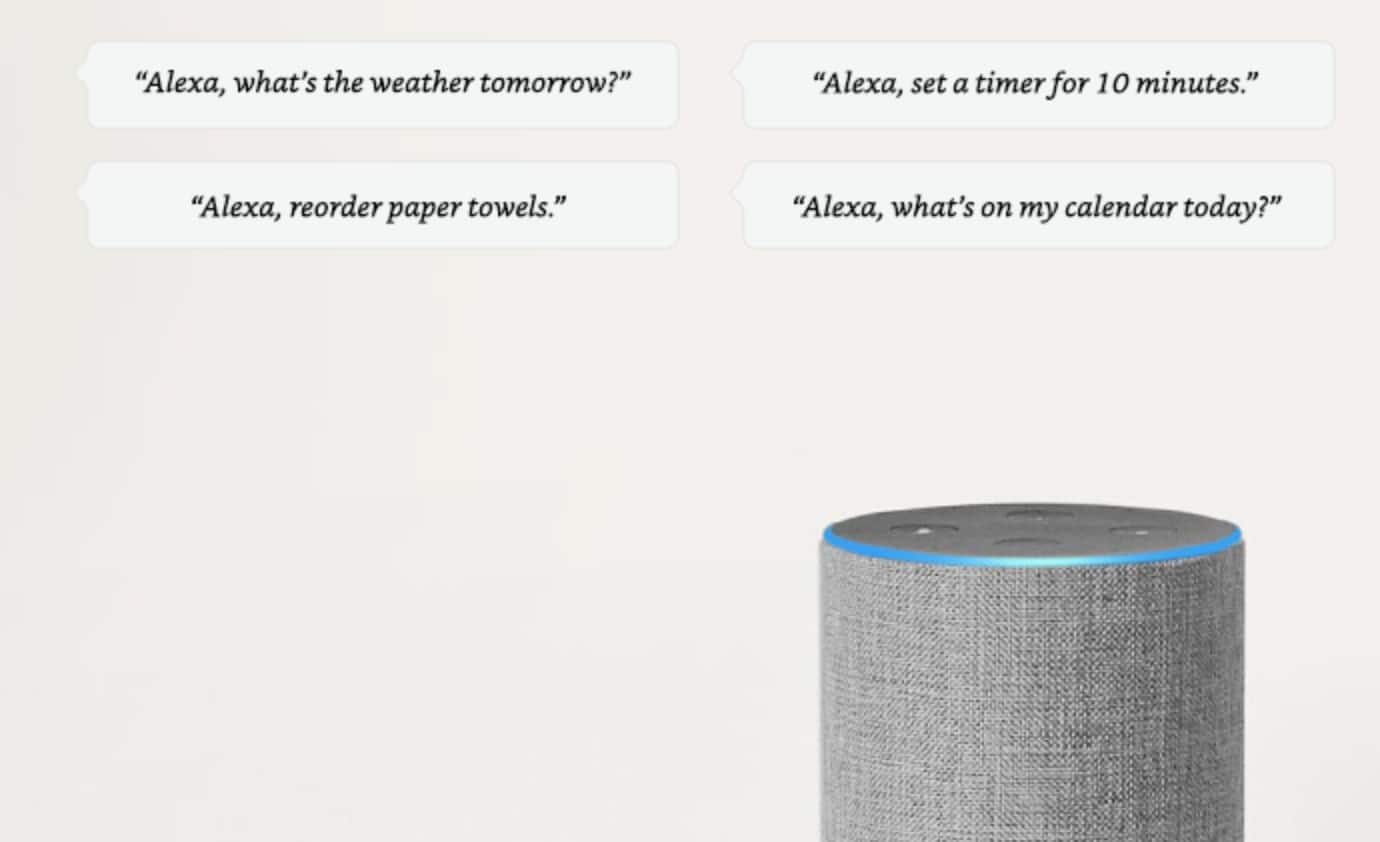
What Should SEOs Do?
Since a lot of transactional queries are naturally attracted to Amazon, and they are selling a lot of Echos, Google would want to nail this down in the next couple of years. Hence, SEO managers must focus on optimizing their sites with the perspective of voice search.
7. Image Optimization and Disambiguation
Google has filed a patent on contextually disambiguating queries in which a user can directly ask the search service to give him information about an image they are currently viewing in their device, in real-time.

As put, this will create contextually disambiguating queries where the search service will dial the repository of sub-images and then give a voice output – telling the user about currently viewing objects and what the objects really are.
We can assume that an augmented layer of activity may also take over the screen for easy access to the information about the object being viewed. This is because the current Android 8 and 9 are built heavily upon that.

As far as visual accuracy and UX are concerned, Google already has their well-defined material design principle to back it up.
The Purpose of the Distributed Image Search Patent
There is another patent that reaffirms Google’s focus on image recognition and searches. In a patent titled as distributed image search, Google engineers give an interesting schematic representation. The patent is based on identifying and returning image subjects that have similar shapes and colors as the subject of an image being searched.
The key reason Google is emphasizing on this point is that images can drive a lot of search queries.
For example, if you want to explain a new dress to your friend, you better pull out a picture and show them instead of trying to describe how it looks. You may know the dress type by its name, but your friend may not. This is where images can trigger quick understanding and allow users to reach the ZMOT a lot faster.
The primary goal here is to help people reach a better and accurate image/search result with respect to the image they have put in the search. Thus, if you search for an image of a shirt of a certain color, Google will provide similar images and a link to the respective web page they cache the image from.

According to Neil Patel, more than 10% of Google searches are now being driven by images.google.com. This is a huge number and a result of which has become an important ranking factor too.
What Should SEOs Do?
This is a goldmine for SEO managers who are working with an ecommerce website. As Google couples machine learning to identify images, image histograms are also considered to find a better image.
In other words, if you’re running an ecommerce store, then try to use relevant images on web pages. Pair that with high-quality stock photos or a better photoshoot and editing for colors to pop out. However, do not change the colors.
8. A Retake on Ranking Parameters
Google has recently been awarded a patent on ranking documents on large datasets. It’s a robust solution to the spam problem that Google has been fighting for a long time.
As we all know, the number of backlinks one has is one of the permanent determinants of SERPs. Over the years, it has been exploited by Black Hat SEO, which this patent aims to solve.
How Does This Technology Work?
This patent focuses on the fact that getting a backlink alone is not enough. Hence, what it does is, it monitors the user behavior around the navigational link over a period and then derives inferences. The patent talks about a host of signals to accomplish that.
When the navigational behavior is ascertained, then the link is given a value which is passed on to the page it’s linking to.
This can work very well with respect to links that appear on social media websites. This is another example where the knowledge graph is getting validated from a large data sets produced by the users.
What Should SEO Managers Do?
Focus on the first point, creating tightly knit content clusters. This is going to prevent you from appearing in search results that are not contextual, avoiding unwanted backlinks that are likely to register fewer navigational activity as mentioned in the patent.
You should also go for a targeted outreach so that your links appearing on other sites receive activity, sending natural traffic to your page.
One should also be careful when doing content syndication. Consider the idea of content clustering for high correlation and plan your syndication campaign accordingly.
9. Tracking Events in Videos and Ad-Placement
Videos on YouTube or embedded videos on pages have emerged as an important content asset for a large number of companies. In the midst of this video tsunami, it’s not enough to just count the total number of views on a video. One has to make sense of the user actions that happen within the videos by quantifying the data which Google is already doing.
The patent for tracking user activities and providing web analytics is focused on aggregating all the user actions and then feeding it back to the servers to give value to the video content and also place contextual ads.

Embedded videos have additional user actions such as “watch later”, “share”, “subtitle on and off” and “related videos”.
Some Factors That Google Wants to Collect Data On:
- The number of clicks on the video
- The average duration of the video watched by the users
- Where in the video timeline do people prefer to skip?
- Are they watching or skipping the ads?
- Are they watching it with subtitles, etc.?
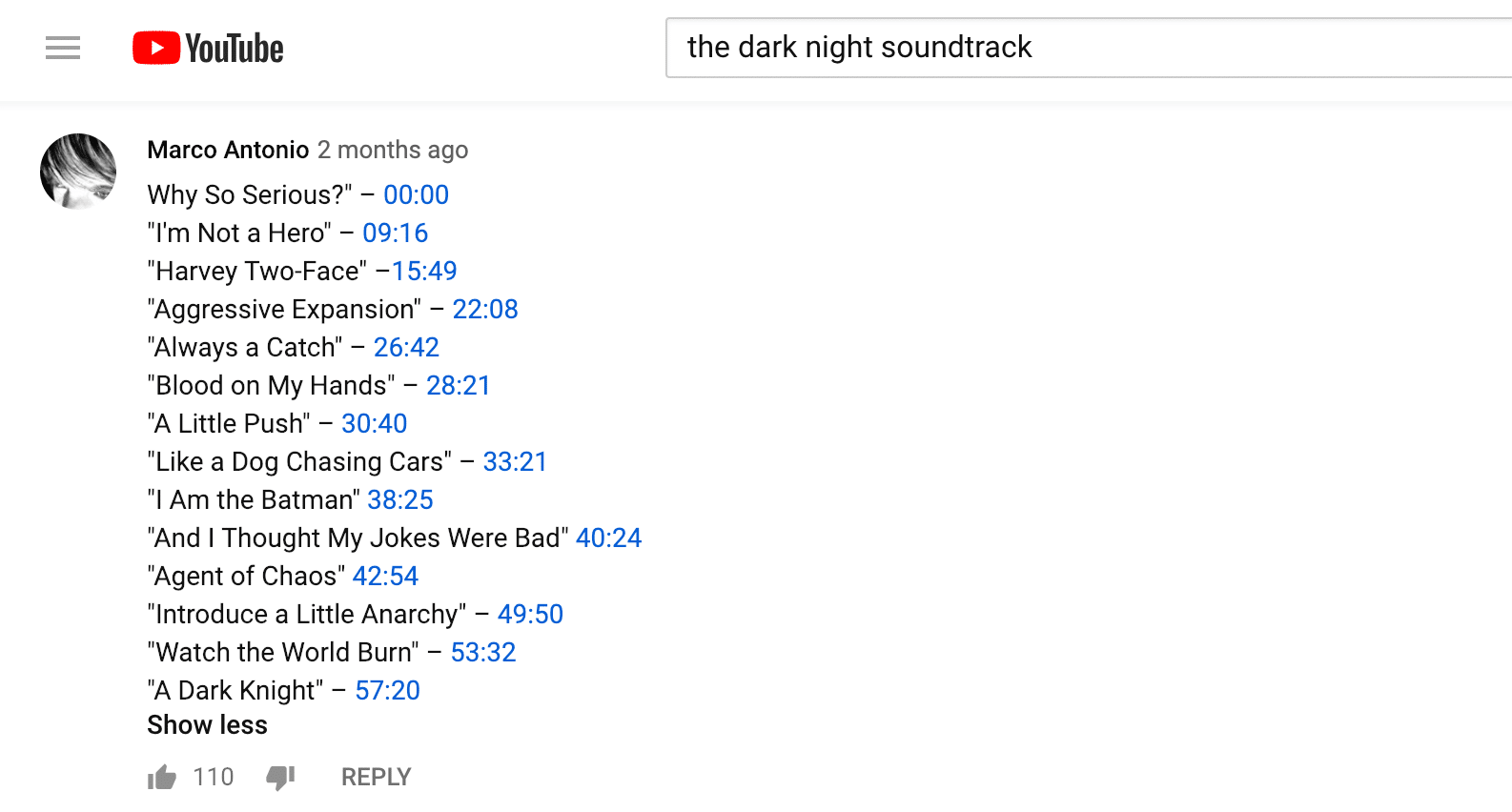
Google has already implemented skipping to a time on the seek bar. People often predict and click on the seek bar to view the part of the content they want and Google is helping users do that.
These data points, when combined with the other metadata, can give strong signals about the engagement factor of the video content and their contextual alignment with the web content they are paired with.
Another patent that tracks objects within media content has also been identified. What it does is it analyzes the objects within the media with the help of machine learning and then finds out the context of search.
The search signals may be a frame pause in a video, playback to a portion within the timeline of multimedia content and so on. This is taken further by another patent that performs facial recognition, tracking logos, and labels, etc., appearing in the videos and then relate those to the search queries.
What Should SEOs Do?
SEO managers should understand the importance of videos as a ranking factor which is only going to increase. While making more video content that is engaging your target audience is a useful suggestion, it will come at a cost. For large companies with deep pockets, this is undoubtedly something that they can focus on.
For smaller companies, they need to create highly engaging videos in a smaller budget or use videos from other users. If they want to do that, the SEO managers must dedicate more time to finding videos and which ones will align with their content.
As far as our experience goes, we recommend putting videos as an extension of the content or a connecting a block to the entire content idea.
10. Tailor-Made Search Results and Faster Access
This is already rolled out to a large extent, and the search results are catered to user preferences. The patent titled as “serving content based on user engagement” uses physical resources to cache and analyze user’s previous interaction with the content and its various elements.
The data is analyzed and remembered. The next time a user searches for similar or contextually related queries, some sites may get a better position than others.
If you want to test this, you can search for a query that you often search and then search the same query in incognito mode on Chrome. The results will vary. The sites that you interacted with before will come at the top than the sites that you have not interacted or opened. However, in incognito mode, you will not notice this preference.

Incognito mode does not consider your past browsing history.
This is further augmented by a patent on a faster approach to retrieve pre-rendered content for search results. In other words, if you have searched for a number of keywords on a regular basis, the search result page will appear without any delay as the preferences will be pre-rendered for individual users.
What Should SEO Managers Do?
The most obvious thing is to earn at least one interaction with all the possible prospects that would land on your site. To do that, one of the simplest ways would be to focus on paid marketing.
Create web pages with the target keyword and then run PPC or Facebook campaigns for a large number of users to land on. Then, the next time they search something similar, your site may show up a few places ahead of your competitor.
Having said that, you want to avoid attracting moderate traffic or irrelevant traffic to the site. While you want to rank higher, you don’t want to be perceived as irrelevant by Google at the same time.
11. Avoid Using Copyrighted or Third-Party Multimedia Content
Content plagiarism has been a powerful demon for search engines, hosting providers, and other entities. Check out how Kinsta dealt with a content scraping farm. Without a check on plagiarism, content creators would never come up with new content, and the internet would never be what it is right now.
A lot of content stealing happens in the form of text, and that is easily identifiable. However, what happens when somebody steals a portion of your video or music or any form of multimedia content? How do you detect that? Well, Google seems to be tightening its grip on that.
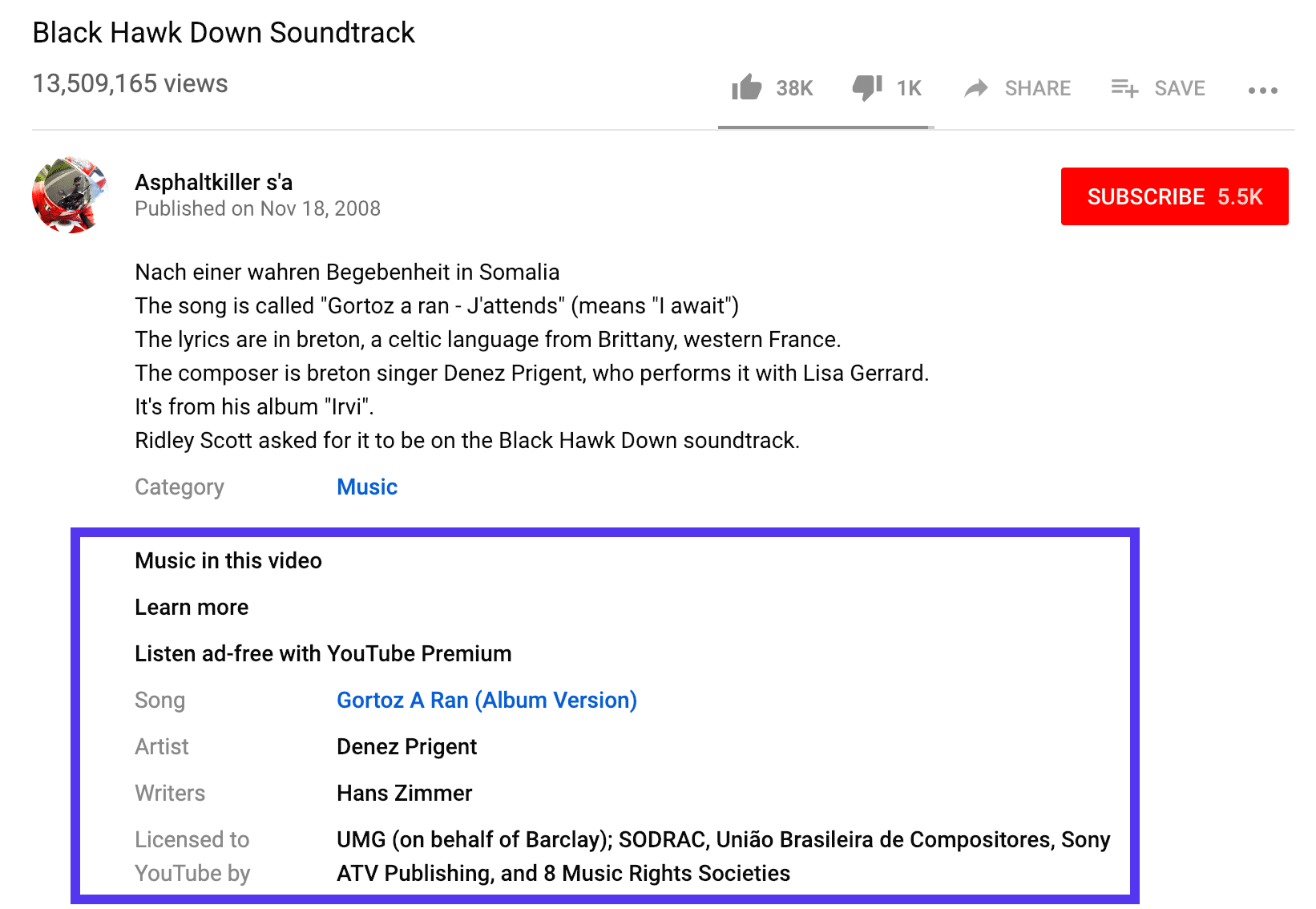
Finding and identifying copyrighted music on YouTube has been around for some time. However, Google is working hard on giving the rights to the real makers of the content now. Google wants all types of users to make multimedia content and stealing that content will not be tolerated.
One of the Google patents titled identify reference content that contains third-party content reveal a technique that identifies copyrighted or third-party content used by any user in their content. In other words, Google wants to reward the original owner of the content while punishing the plagiarist.
What Should SEOs Do?
Avoid using third-party multimedia content such as copyrighted music or portions of videos that belong to a record label, etc. Buy stock videos and other multimedia content or create a repository of free stock images. Put a designer into work to create iterations that combine free stock images, vectors and icons. Also, sign up for free stock music. You can also contact artists on SoundCloud and seek their permission to use their work on your content. A lot of them need exposure and probably won’t turn down your offer.
Check out our video guide to growing traffic through SEO:
Summary
Thematically looking at these patents suggests that Google is focusing a lot on making itself and its entire environment more valuable for local businesses. This is possible by tweaking the knowledge graph, an aggregating contextual accuracy of reviews, location-based data, and validating a number of these data points using social media. Google has set its course on its way.
We believe that local SEO will make a comeback with a significant priority on location, voice, video, reviews, and social media. While many SEO deliverables are likely to come out this year, the strategic inclination of SEO managers should have a laser-like focus on contextual relevance for holistic results and ROI.



If you guys could stick to writing about hosting and WordPress I would appreciate having less competition ;-).
Seriously though, looking forward to digging into this one more. Google patents have always been pretty boring for me to dive into so curious to see your take.